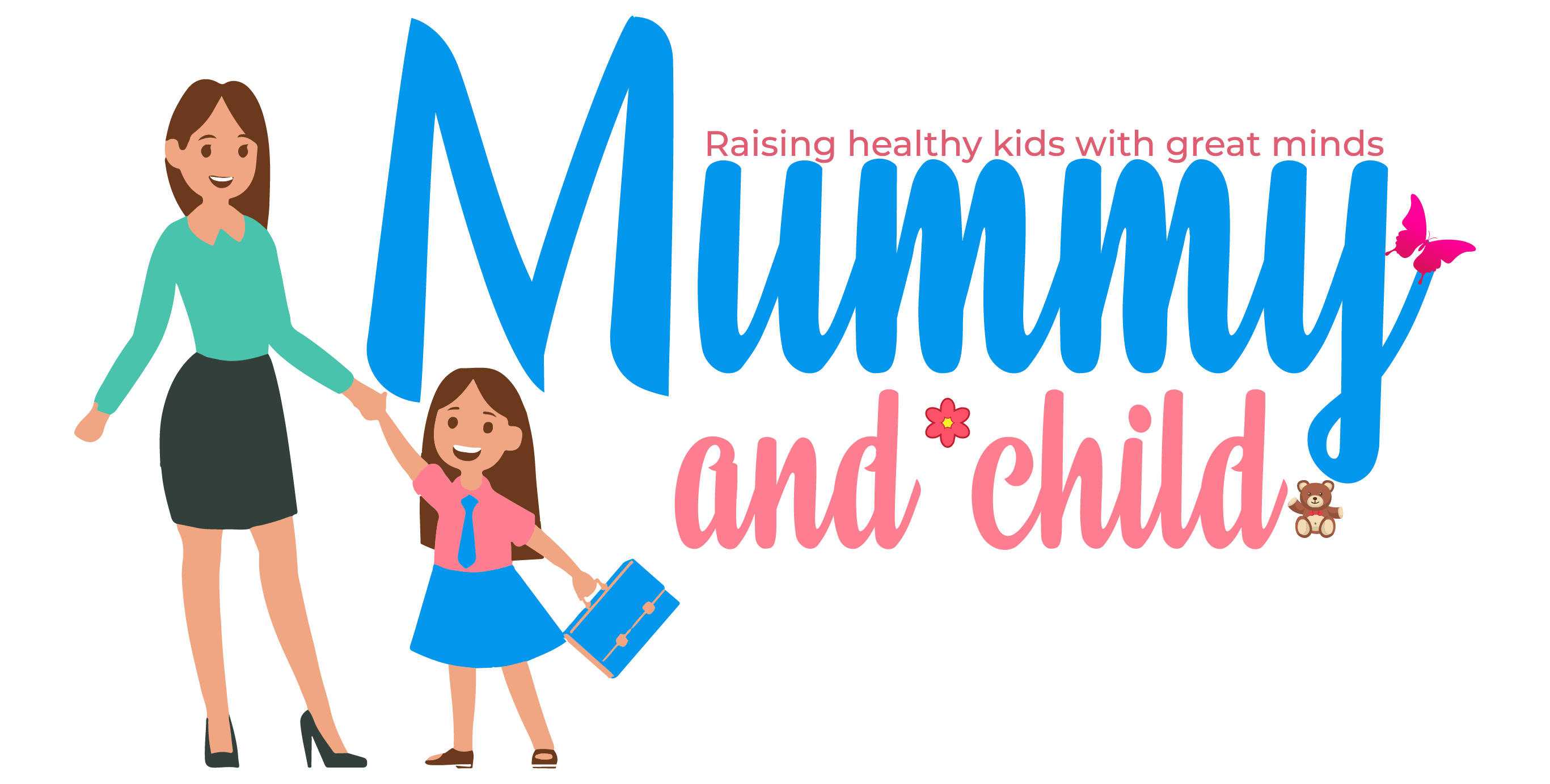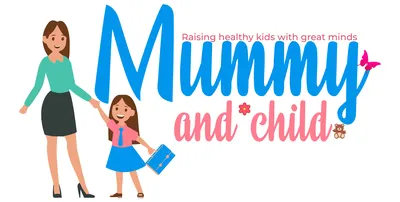The Economist has boldly proclaimed the current era to be one of innovation and “technological optimism.” Hyper-personalized medicine, digital money uncontrolled by any government, self-driving cars and AI-discovered molecules are changing the world one breakthrough at a time.
However, all these technological advances will only make the world of the future more competitive and demanding for the individual. Have you ever thought – while struggling to set up that Zoom call for work – what skill sets our children must have in this competitive and rapidly changing world?
How can we make them more resilient to adapt to this fast pace of technological change?
“Since the jobs that our preschoolers will do probably don’t exist yet, our priority is to teach them the skills to adapt and inquire and question and cooperate—life skills. So much more useful than rigid concepts such as the alphabet.”
~ Caroline Bellouse
Life skills? Yes, of course, but along with that, the natural curiosity of children needs to be harnessed – we need to teach them how science and math can make life easier, simpler and more interesting.
How?
The answer lies in the concept of “STEM” – Science, Technology, Engineering, Mathematics clubbed together as one subject or theme – which focuses on simple, experiential learnings and proactive, hands-on learning that children as young as 5 can adapt to.
Now, you might be thinking that teaching science to young kids is a lost cause or would be too complex for them. Or that kindergarten is too early to teach STEM.
On the contrary, integrating STEM early into your children’s learning process will foster in them critical thinking skills, an attitude of problem solving, comfort with numbers, and an overall confidence in life with less fear of failure. Let’s explore these benefits in detail.
1. Learning by Doing
STEM is all about introducing diverse new concepts to kids through activities and experiential learnings. It encourages them to “live the idea” instead of just reading books, and consequently, produces a creative and innovative spirit in them.
“Children learn as they play. Most importantly, in play, children learn how to learn.”
~ O. Fred Donaldson
That said, kids are constantly on the lookout for something or the other to play, so you need to ask yourself how to make them think they are playing, while in fact they’re actually learning something.
An in-thing these days is computer programming. Children who can barely add or subtract are developing apps and games by the dozens. Getting kids to learn coding is a great way to teach them about logic, numbers, patterns, and of course, working with essential software. This methodical approach gives them a great start to their academic life and encourages them to be creative in their projects down the line.
2. Future Readiness
Technology and numbers are used in every aspect of regular life. By providing kids with a sound understanding of STEM subjects, we can give them the knowledge, skills and resources, and help them develop the right attitude to solve real-life problems.
Then, there is the future job market. With the advent of the gig economy, kids will be able to work for companies across the world when they grow up. This applies all the more to India, which is the back office of the world. The U.S. Bureau of Labor Statistics has estimated that the number of STEM-related jobs will grow at around 9% from 2018-2028, while non-STEM jobs will increase only by 5%.
3. Mental Toughness and Flexibility
When can children be truly ready to face their future? When they are confident of their ability to navigate and take advantage of it!
The STEM approach provides kids with a secure learning environment, rewards them for trying and does not punish them for failure. STEM education emphasizes the value of effort and teaches students to embrace their mistakes as a process of learning. We all know how Thomas Edison failed 10,000 times before perfecting the light bulb!
“Failure is not the opposite of success; it’s part of success.”
~ Arianna Huffington
Understanding that disappointments and disasters are part of the journey to success inculcates resilience in kids and prepares them for practical, real-world life.
4. Holistic Alternative to Traditional Education
When new concepts are taught using experiential learning methods, they have a 90% better chance of being retained, as per research published in Entrepreneur Magazine.
STEM education encourages experiential learning with a project-based curriculum, as opposed to traditional education, which simply focuses on rote consumption of facts, and this is instrumental to retention of knowledge. The STEM approach helps kids move away from aimless memorization of isolated subjects towards well-curated, interdisciplinary learning.
Further, there are many other key differences in STEM learning and traditional education which takes the “boring” out of school and facilitates learning anywhere.

STEM education instills the love of learning in kids by encouraging the immediate application of what they have learnt in the real world. The focus in sparking creativity and strengthening kids’ imaginations. This leaves a positive impact on their minds and encourages them to dig deeper into a specific topic.
This constant repetition-and-reinforcement cycle eventually increases their creativity, productivity, and grasping power, which they can apply to novel tasks when they eventually join the workforce.
Wrapping Up
“Children are not to be molded, but are people to be unfolded.”
~ Jess Lair
It’s time to understand that traditional school and university-based education is not at all sufficient to prepare our kids for a constantly-evolving future. We should give it all to differentiate them from mindless robots that will purportedly steal their jobs in 2030!
An integrated STEM approach gives children wings to explore the world with their own resourcefulness and creativity. Let these little curious minds ask innumerable questions, finds their own answers, and discover their own paths. Therefore, the earlier you start teaching STEM, the better it is for your kids’ – and society’s – future. It is up to parents to realize this huge responsibility on their shoulders and “unfold” the children of today into the leaders of tomorrow.
-Author
Shreiya Aggarwal-Gupta is the owner of the early education startup Kidpillar, which aims to provide developmental opportunities and resources for young children in the field of STEM (Science Technology Engineering Mathematics) via kid-friendly journals, practical DIY-kits, and simple project-based learnings and workshops. Shreiya is also a passionate blogger, computer science engineer, finance whiz, and “perfect mommy” to her son.



Comments are closed.